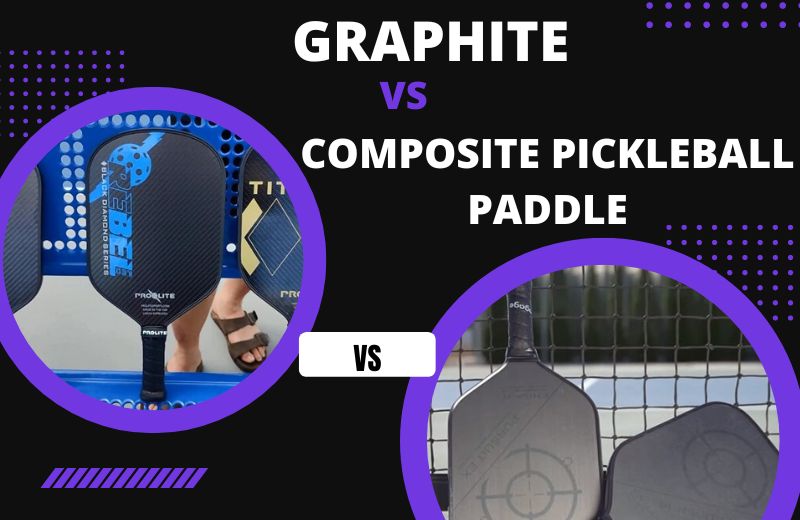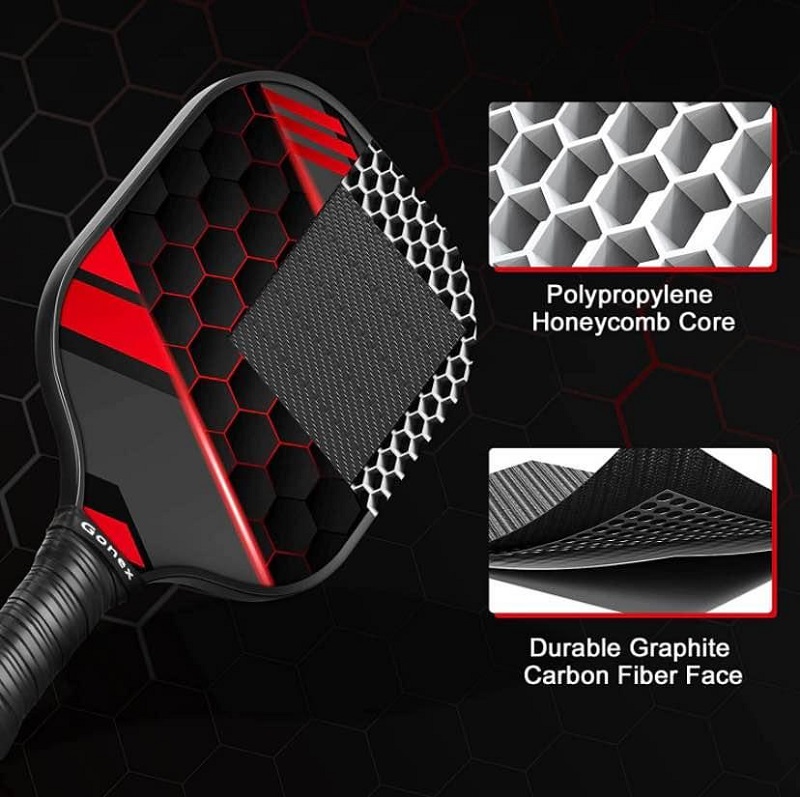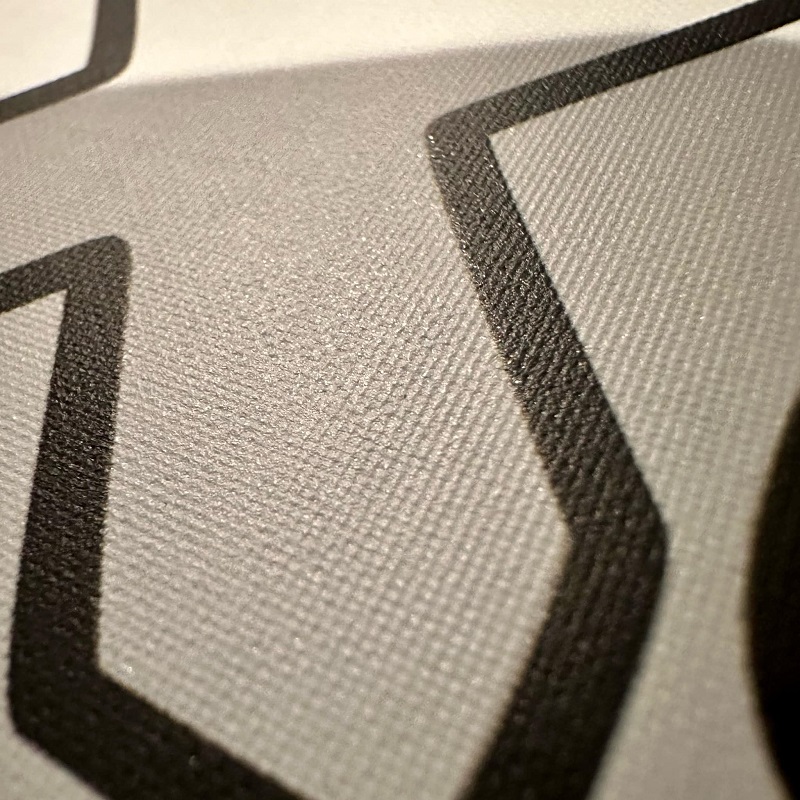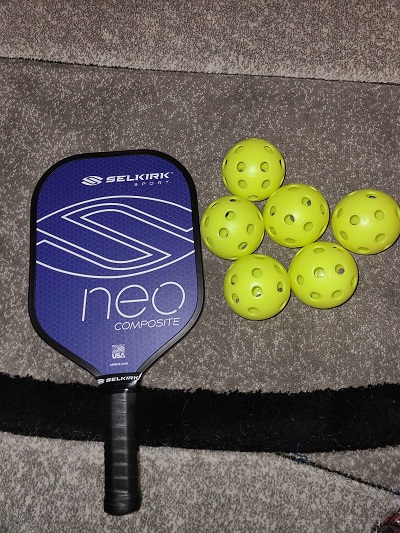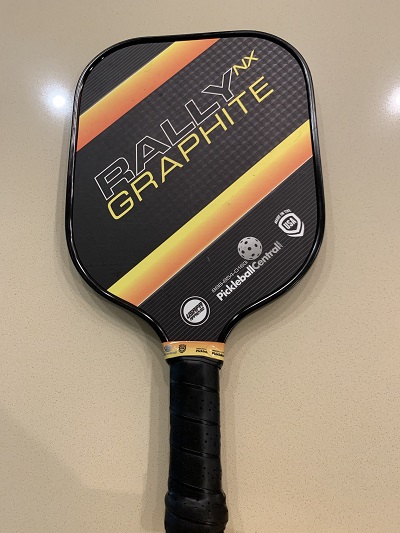Comparison of Graphite Vs Composite Pickleball Paddles
Almost every game requires some pieces of equipment to get started. For instance, a bat and ball are required by cricketers, and a racquet is required in tennis.
Similarly, a paddle and a ball are required to play pickleball. A pickleball paddle is categorized according to the different types of materials; composite and graphite.
Let’s have a closer look at them individually to understand the comparison;
Graphite Paddle
Graphite paddles are made mostly of graphite and offer a more modern feel to the game. They are lightweight and have a larger sweet spot, which makes them a great choice for players who want more control and power in their shots.
Composite Paddle
As the name shows, composite paddles are made of a combination of materials, including wood, aluminum, and graphite.
They are known for their durability and ability to absorb shock, which makes them a great choice for players who are hard on their equipment or who play on hard courts.
Which One is Better for Beginners?
Composite paddles are generally considered to be better for beginners, as they offer more control. These paddles have a slightly softer face, which makes them easier to control, and they also have a larger sweet spot.
This makes them great for those who are just starting and are still learning the basics of the game. Graphite paddles, on the other hand, are great for advanced players who want more power and speed in their shots.
They are also great for players who prefer a lighter paddle and want to reduce the amount of vibration they feel when striking the ball.
- Read more: “How To Choose A Pickleball Paddle: A Paddle Guide For Beginners”
Cost of Different Pickleball Paddles
Generally speaking, composite pickleball paddles are cheaper than graphite paddles. Low-end composite paddles usually cost around $45, while a low-end graphite paddle usually costs around $60.
The most expensive pickleball paddle of either type is usually around $200C. However, if you’re looking for something cheap, you can find a good composite paddle in the $50 range.
Material Used in Pickleball Paddles
There are different sorts of materials that can be used to manufacture the pickleball paddle. For instance, graphite is usually used to manufacture paddles for picklers.
The graphite paddle is more expensive as it is the only thing the surface material is only graphite while the core is made of Aluminum, Nomex, or polymer.
Unlike graphite paddles, composite paddles are made of multiple sorts of materials. In short, a composite paddle is a hybrid of different sorts of materials.
This is the reason why you would see different price tags on different composite paddles. The composite paddles made with cheaper material are cheap and vice versa.
The Durability of Pickleball Paddles
Composite paddles are often more durable than graphite paddles. The composite material used to make these paddles is typically more resistant to wear and tear, which means that it can hold up well against heavy shots.
Additionally, composite paddles are less likely to dent, bend or scratch. They are built with multiple layers of materials which give them more structural stability and resist impacts.
Graphite paddles, on the other hand, may be more prone to scratches due to their material properties, and the edge protection might not be as good as composite paddles.
Graphite itself is a brittle material, and when it’s being used as a core or in a thin layer it can be easily damaged. However, some manufacturers use epoxy or other materials to help it to resist impact, as well as adding hard edge protectors to avoid damage.
Also, it’s worth mentioning that the durability of a paddle also depends on its maintenance and usage.
Some paddles that are not well taken care of or are used frequently in extreme conditions can wear out more quickly than a paddle that is well-maintained and used more moderately.
In summary, composite paddles tend to be more durable than graphite paddles due to their build material and construction process, but the actual durability of a paddle will depend on the specific brand, design, and how it is used and maintained.
Pros and Cons of Composite vs Graphite Paddles
Firstly, let’s have a look at the pros and cons of both paddles to finalize the war between composite and graphite paddles!
Pros and Cons of Composite Paddles
Let’s start with the good stuff i.e pros of composite paddles:
- Durability – Composite paddles are known for their durability and resistance to wear and tear.
- Shock absorption – Different sorts of materials used in these paddles can absorb shock, which can reduce the amount of vibration felt by the player when striking the ball. This results in less arm fatigue and increased control.
- Price – Composite paddles tend to be less expensive than graphite paddles which can make them a more budget-friendly option.
Now let’s figure out the cons or drawbacks of the composite paddles:
- Heavier – Composite paddles tend to be heavier than graphite paddles, which can make them less comfortable to use for extended periods.
- Smaller sweet spot – Because of the materials used, composite paddles typically have a smaller sweet spot than graphite paddles.
- Less power – The composite material tends to give less power compared to graphite. This can be a con for some players who prefer power and speed in their shots
Pros and Cons of Graphite Paddles
Let’s have a look at the benefits of using the graphite paddles;
- Lightweight – Graphite paddles are made mostly of graphite, which is a lightweight material. This can make them more comfortable to use for extended periods and can also help to increase the speed of the player’s shots.
- Larger sweet spot – Graphite paddles typically have a larger sweet spot than composite paddles, which can make them more forgiving when struck off-center.
- Power and speed – The graphite material tends to give more power and speed to the shots compared to composite.
Some drawbacks of using the graphite paddles are;
- Cost – Graphite paddles tend to be more expensive than composite paddles.
- Vibration – Because of the lightweight nature of the graphite material, some players might feel more vibration when striking the ball which can lead to arm fatigue.
- Less control – The power and speed generated by graphite can be a double-edged sword, as it could make some players less in control of their shots.
- Fragility – Graphite paddles can be fragile, and are more likely to crack or break if not taken care of properly.
Which Paddle Has the Best Grip?
The grip on a pickleball paddle is a personal preference and can vary depending on the brand and model of the paddle. Some players prefer a hard grip, while others prefer a smooth grip.
Graphite and composite paddles can have different types of grips, so it’s not accurate to say that one type of paddle has a better grip than the other.
For example, a Graphite paddle’s grip can vary widely, it can have a smooth or hard grip and the same goes for composite paddles.
It’s always a good idea to try different paddles with different grips and select the one that feels the most comfortable for you.
Is graphite better than composite?
What is a composite pickleball paddle?
Is there really a difference in pickleball paddles?
What is a graphite paddle used for?
What are the disadvantages of graphite fiber?
Final Words
In conclusion, the choice between graphite and composite pickleball paddle ultimately comes down to personal preference and playing style.
Graphite paddles offer more power and speed, a larger sweet spot, and are lightweight, but they tend to be more expensive and fragile.
Composite paddles, on the other hand, are durable and more budget-friendly, but they tend to be heavier, have a smaller sweet spot, and have less power.
Related Articles:
- Onix Z5 Graphite & Composite Pickleball Paddle Review 2023
- Gearbox Pickleball Paddle Reviews: Gearbox CX14, G11, GX5, GX6
- Engage Pickleball Paddle Reviews: Engage Pursuit EX 6.0, Encore MX 6.0

